Technological Integration in Healthcare
The integration of advanced technologies into healthcare systems is a pivotal driver for the remote patient-monitoring market. Innovations such as artificial intelligence (AI), machine learning, and Internet of Things (IoT) devices are transforming how healthcare providers monitor patients remotely. In 2025, it is estimated that over 70% of healthcare organizations in the US are utilizing some form of digital health technology, which includes remote monitoring tools. These technologies facilitate seamless data collection and analysis, enabling healthcare professionals to make informed decisions based on real-time data. Moreover, the interoperability of these systems enhances communication between patients and providers, fostering a more collaborative approach to health management. As technology continues to evolve, the remote patient-monitoring market is likely to expand, driven by the demand for more efficient and effective healthcare solutions.
Rising Healthcare Costs and Value-Based Care
The escalating costs of healthcare in the US are prompting a shift towards value-based care models, which emphasize patient outcomes over service volume. This paradigm shift is a significant driver for the remote patient-monitoring market, as it allows for more efficient resource allocation and improved patient care. By utilizing remote monitoring technologies, healthcare providers can reduce unnecessary hospital visits and associated costs, which are projected to reach $4 trillion by 2025. Furthermore, remote monitoring supports the goals of value-based care by enabling continuous patient engagement and timely interventions, ultimately leading to better health outcomes. As healthcare systems increasingly adopt these models, the demand for remote patient-monitoring solutions is expected to rise, reflecting a broader trend towards cost-effective and patient-centered care.
Consumer Preference for Home-Based Healthcare
There is a notable shift in consumer preferences towards home-based healthcare solutions, which is significantly influencing the remote patient-monitoring market. As of 2025, surveys indicate that over 65% of patients prefer receiving care in the comfort of their homes rather than in traditional clinical settings. This preference is driven by the desire for convenience, reduced travel, and the ability to maintain a sense of independence. Remote patient-monitoring technologies align with these consumer expectations by providing tools that facilitate health management from home. Additionally, the COVID-19 pandemic has accelerated this trend, as patients seek to minimize exposure to healthcare facilities. Consequently, healthcare providers are increasingly adopting remote monitoring solutions to meet patient demands, which is likely to propel the growth of the remote patient-monitoring market in the coming years.
Aging Population and Increased Healthcare Needs
The aging population in the US is a critical factor driving the remote patient-monitoring market. By 2025, it is projected that nearly 20% of the US population will be aged 65 and older, leading to a higher demand for healthcare services. Older adults often require ongoing monitoring for various health conditions, making remote patient-monitoring an attractive solution for both patients and providers. This demographic shift necessitates innovative healthcare delivery models that can accommodate the unique needs of elderly patients, such as mobility limitations and chronic disease management. Remote monitoring technologies offer a way to provide care in a more accessible manner, allowing seniors to remain in their homes while receiving the necessary medical attention. As the population ages, the remote patient-monitoring market is expected to experience substantial growth, driven by the need for effective and convenient healthcare solutions..
Increased Demand for Chronic Disease Management
The remote patient-monitoring market is experiencing heightened demand due to the growing prevalence of chronic diseases such as diabetes, hypertension, and heart disease in the US. As of 2025, approximately 60% of adults in the US are living with at least one chronic condition, necessitating continuous monitoring and management. This trend drives healthcare providers to adopt remote monitoring solutions to enhance patient outcomes and reduce hospital readmissions. The ability to track vital signs and health metrics in real-time allows for timely interventions, which is crucial for chronic disease management. Consequently, the remote patient-monitoring market is expected to grow significantly, with estimates suggesting a compound annual growth rate (CAGR) of around 25% over the next five years.. This growth reflects the increasing recognition of the importance of proactive health management in improving quality of life.


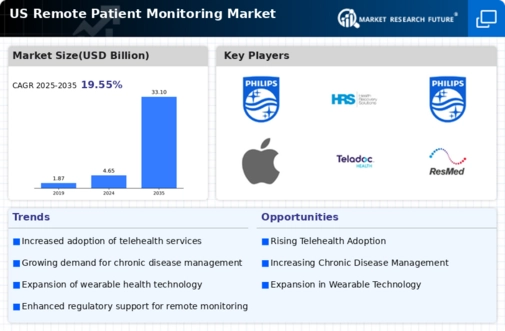
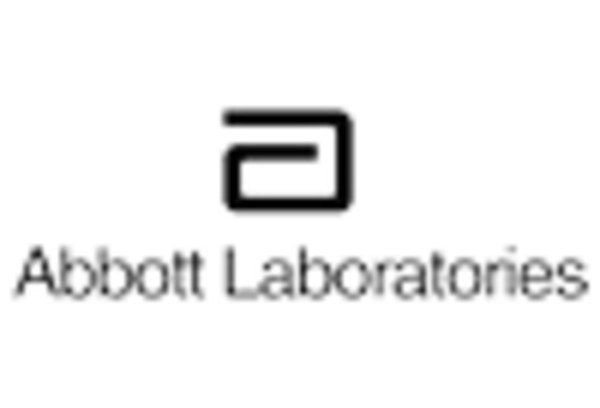
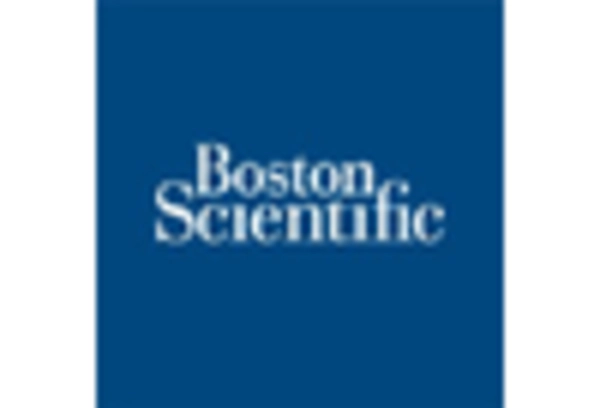
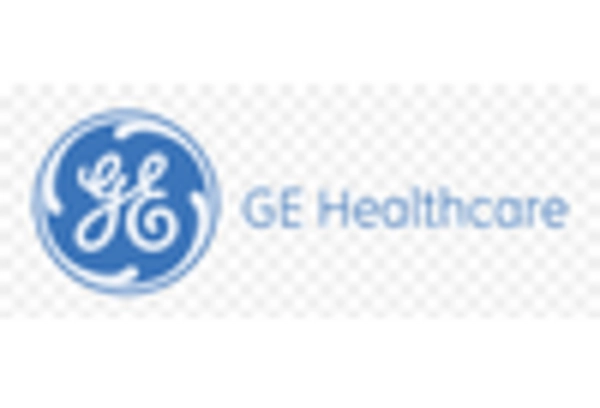


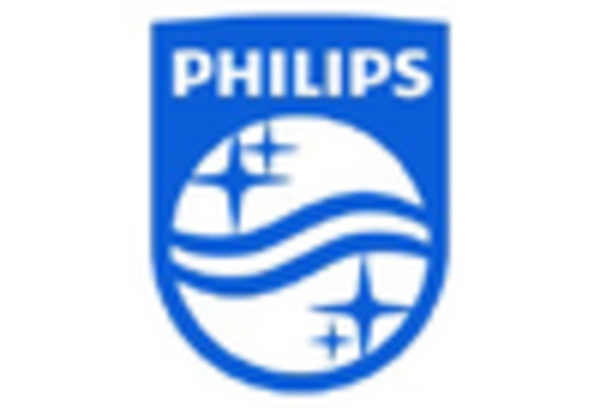








Leave a Comment